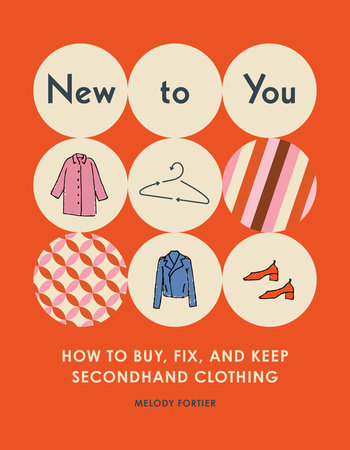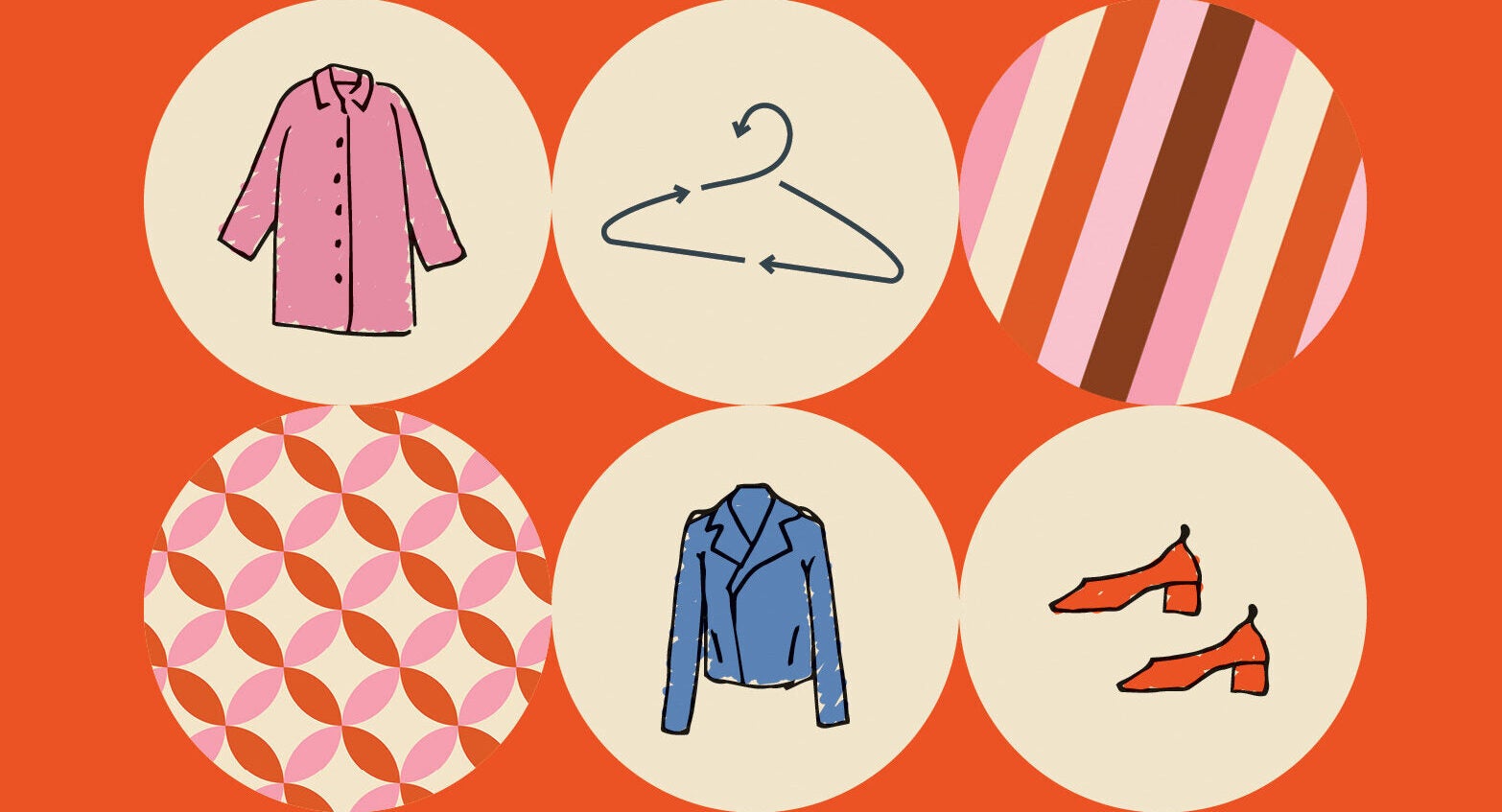Introduction
Over the decades the vintage scene has morphed from fashion experiment to established niche. Whether you’re new to vintage, or looking for ways to expand an existing vintage wardrobe, there are so many reasons to look to the past for your new favorite garment.
Style: Vintage offers countless style choices; it is a treasure trove for honing a signature look. You will find an endless bounty of fashion prints and colors along with stunning materials, fabulous details, and accessories galore. Each decade of fashion trended toward particular silhouettes, so it’s easy to find a cut that complements your body type.
Quality and Value: The quality of most vintage wear is finer than today’s off-the-rack garments. Manufacturers of contemporary low- to mid-range clothing have been producing what’s called fast fashion for a number of years now, churning out multiple collections each year. These garments are,
for all intents and purposes, disposable. On average they start to fall apart after six or seven wearings. Today’s lower-end garments might be cheap in price, but you get what you pay for. With vintage you can find quality, wellmade clothing and accessories for reasonable prices.
Sustainability: The environmental impact of fast fashion is devastating. Textile manufacturing is often located in water-stressed areas of the world. Combined, the world’s textile factories consume a whopping eighty billion liters of water each year, accounting for one-tenth of all industrial water
consumption. They also produce extremely toxic wastewater that all too often finds its way into natural waterways.
Two-thirds of garment textiles are synthetic. Synthetic fibers such as polyester are made from petroleum and shed microplastics that contaminate and destroy marine ecosystems. These fibers end up in the food chain and ultimately our own bodies. Studies are finding that microplastics cause a myriad of health issues.
It gets worse. Fashion production accounts for 10 percent of total global carbon emissions, and millions of tons of discarded clothing end up in landfills each year. Plus, the textile industry is notorious for labor exploitation.
Vintage clothing, on the other hand, is all about recycling and sustainability. As long as you know what to watch out for and how to do basic restoration (see chapter 7), your secondhand clothes will last much longer than modern fast fashion, without the destructive effects.
Supporting Small Enterprise: The vast majority of vintage businesses are microbusinesses, and microbusinesses are important. They provide niche products and services that larger businesses deem too unprofitable; they fill up empty storefronts, which helps local economies; they often care about and contribute to their communities in a way larger stores do not; and they are a brighter alternative for those with limited employment choices.
So how does one go about finding, choosing, and buying vintage? That’s where this book comes in. New to You has all the information you need to become a savvy vintage shopper. You will learn about the different vintage venues—brick-and-mortar stores, online shopping, vintage trade shows— and how to spot a reputable vintage business. This book will also arm you with surefire guidelines to determine if you are getting reasonable value for your money; there are no pricing standards for vintage, and secondhand clothes may have flaws and issues, so without guidance it’s hard to know what to pay. You’ll learn how to fix some of those flaws (and how to tell when they’re fatal and unfixable), as well as how to care for and clean vintage clothing—information that might come in handy for modern clothing, too. Vintage sizes are not the same as today’s sizes, and this book will teach you how to determine fit and how to tell when a piece will need to be altered. And of course, you’ll learn a lot about fashion trends throughout the decades.
I started wearing and buying vintage in the 1970s. It has been a lifelong passion for me. Coming from a family of seamstresses, I understood good fabric and construction, which gave me a jump start on navigating the vintage market. Still, I made my fair share of unfortunate purchases. Trial and error were my teachers. I want this book to be yours. Happy hunting to you!
Copyright © 2009 by Melody Fortier. All rights reserved. No part of this excerpt may be reproduced or reprinted without permission in writing from the publisher.













